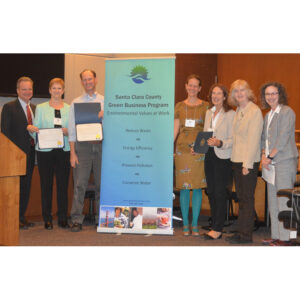This article originally appeared in the winter 2015 Harker Quarterly.
In response to a growing need, Harker has improved its bus and transportation system over the past couple of years in both the extent of its services and number of vehicles. The school now has a fleet of eight full-size school buses – three of them provided in the last year by annual giving – and has round-trip routes servicing the Fremont area and the Peninsula, as well as a home-to-school route from the Silver Creek area of San Jose.
Additionally, intercampus shuttles now operate every morning and afternoon, with morning shuttles traveling between the preschool, middle and upper school campuses, and afternoon shuttles reaching all four Harker campuses.
About 100 students now use these services, an increase of about 20 from 2013. Greg Lawson, assistant head of school for student affairs, credits the growing popularity of the service to both word-of-mouth and the stellar drivers. “I attribute the increase in ridership to our own drivers,” he said. “Since they very often run the same routes, the families and the students on those routes become very familiar with them and grow attached to them and appreciate the fact that they’re good, level-headed folks who are patient, safety-conscious and excellent drivers.”
Bus service also offers a level of convenience and cost-effectiveness not found in available alternatives, “particularly in some places where people up the Peninsula who work in the city can’t drive this direction,” Lawson added.
Harker parent Kalpana Jain noted her children, Alisha, grade 4, and Rishi, grade 6, have been riding the Peninsula bus since the service began in the 2012-13 school year and said it has improved the family’s commute dramatically. “We have found the bus service very convenient and the kids enjoy going to school with their friends,” she said. “We would rate it among the top few very important perks of attending Harker.”
Jain’s children have found it to be so enjoyable, in fact, that they opt to take the bus even when their mom is heading to school. “Kids love riding the bus to school,” she said. “The bus driver is awesome! There are days when I have to be at school in the morning, and the kids insist on taking the bus while I drive solo to campus!”
“[The bus service] saves me from driving up and down the Peninsula in crazy traffic,“ said Pip Sanders, parent of Zoe, grade 7, and Jenna, grade 10. She added that the bus line played an important factor in her family’s decision to have their kids attend Harker. “Other private schools on the Peninsula offered buses; when I heard that Harker did too, that changed the equation.”
“Traffic on the way to or from school isn’t bad, because I’m against rush hour,” said Jenna Sanders, “but on the way to picking me up, or the way back from dropping me off, my mom could spend more than double the time it takes to get us where we are supposed to be.”
Jenna has witnessed firsthand the significant growth in the number of riders. When her sister first began using the bus service from Harker to home, “it was usually just her and sometimes one other person. Now we have had as many as 15 kids on the way from Harker up to Los Altos.”
The expansion of the bus services began in late 2013. “When we decided to take on all the home-to-school routes, we knew we couldn’t do it with the existing fleet,” Lawson said. “It just wasn’t as reliable as we needed it to be.” Hence the decision to run more home-to-school lines was met with the purchase of more, newer vehicles.
Another key change was the acquisition of the Fremont line, which previously had been run by a charter company. This made it possible to more easily change routes as needed and reduced the amount of oversight needed to manage Harker’s buses as well as those of the charter company, explained Heather Armada, a longtime Harker bus driver who last year was named Harker’s transportation director.
Improvements to the buses themselves came later, to help drivers adjust to changing conditions. “We’ve just added two-way radios so that we can communicate with the drivers,” Armada said. “It’s easier to contact the drivers on a moment’s notice with these two- way radios.”
“In the morning particularly there are a lot of moving parts that we have to interconnect between the buses coming in from the outside that interconnect with the intercampus shuttle,” Lawson said, “and there are decisions that can be made on the fly – if one bus is going to miss the connection – to change things around a little bit.”
In addition to the bus lines, Armada also oversees the thorough maintenance of Harker’s bus eet and its sprinter vans and SUVs that transport Harker’s athletic teams to and from events. Coaches who drive these vehicles are approved to drive in accordance with safety standards.
Her role also requires her to plan out bus routes that can be changed as necessary to suit the needs of Harker families and also get students to and from school on time, which can be complicated, “like a jigsaw puzzle,” she said.
As with a puzzle, piecing together the edges of the route first makes the most sense. After that, it’s a matter of finding which pieces of the route to place between the edges. “It’s just a matter of finding out your location, the most people you can provide for and then your times, and how they all link up together,” she said.
The increased ridership and pleasant feedback indicate the hard work is paying off. The cost savings, which resulted from eliminating the chartered bus lines, certainly don’t hurt, either.
“We’re not as popular as we used to be with the charter companies,” Lawson said, “but we’re way more popular with our parents, that’s for sure.”
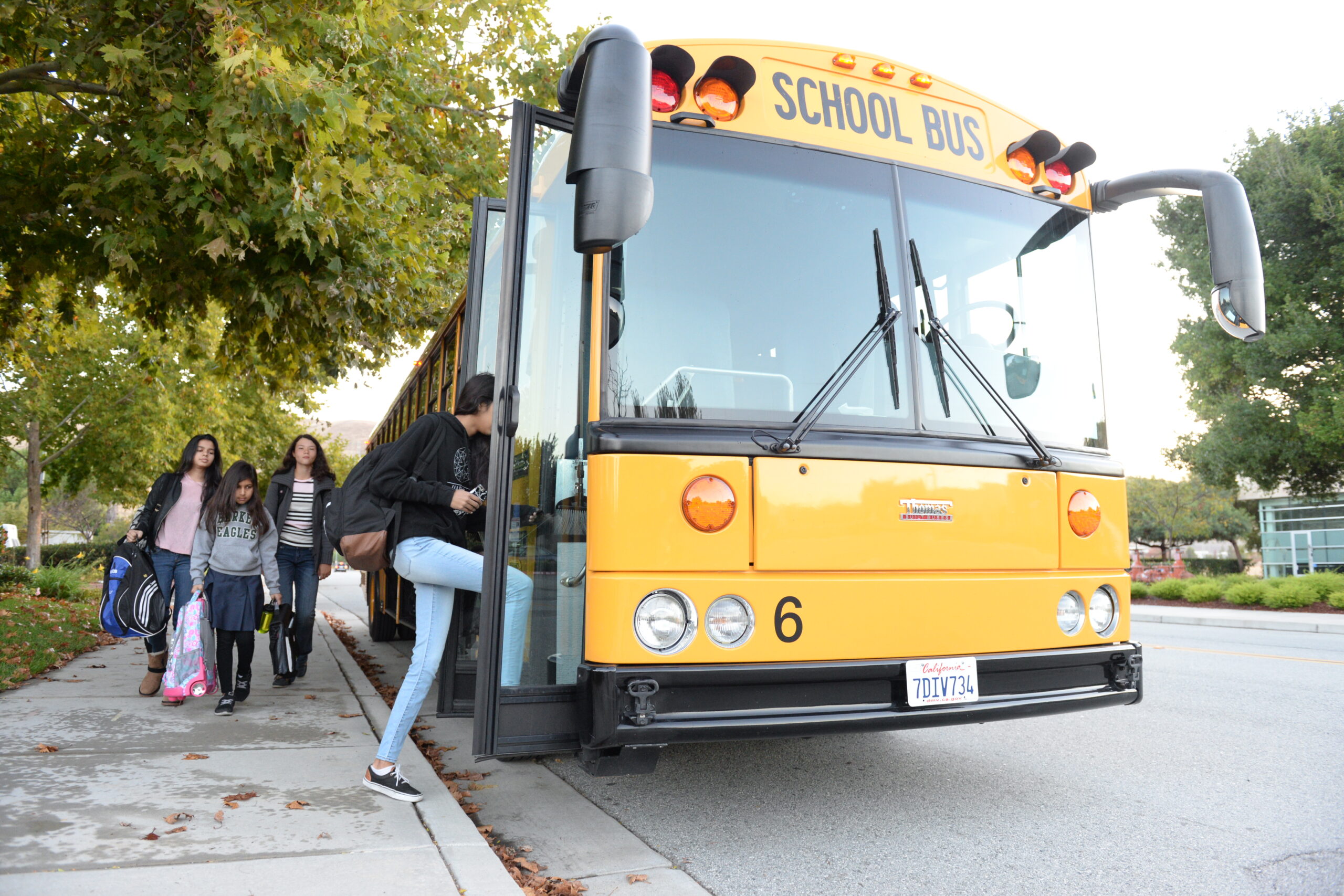



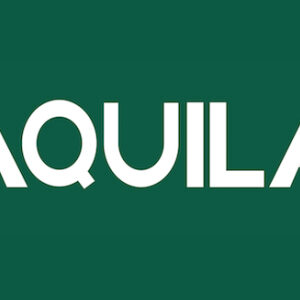
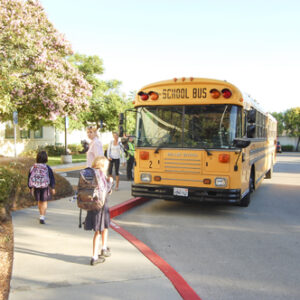
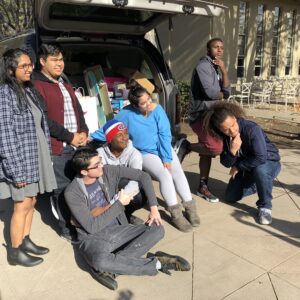
![[Updated] NPR Traveler Rick Steves Opens '09-'10 Speaker Series harker-logo-default](https://news.harker.org/wp-content/uploads/2016/08/harker-logo-default-300x300.png)
